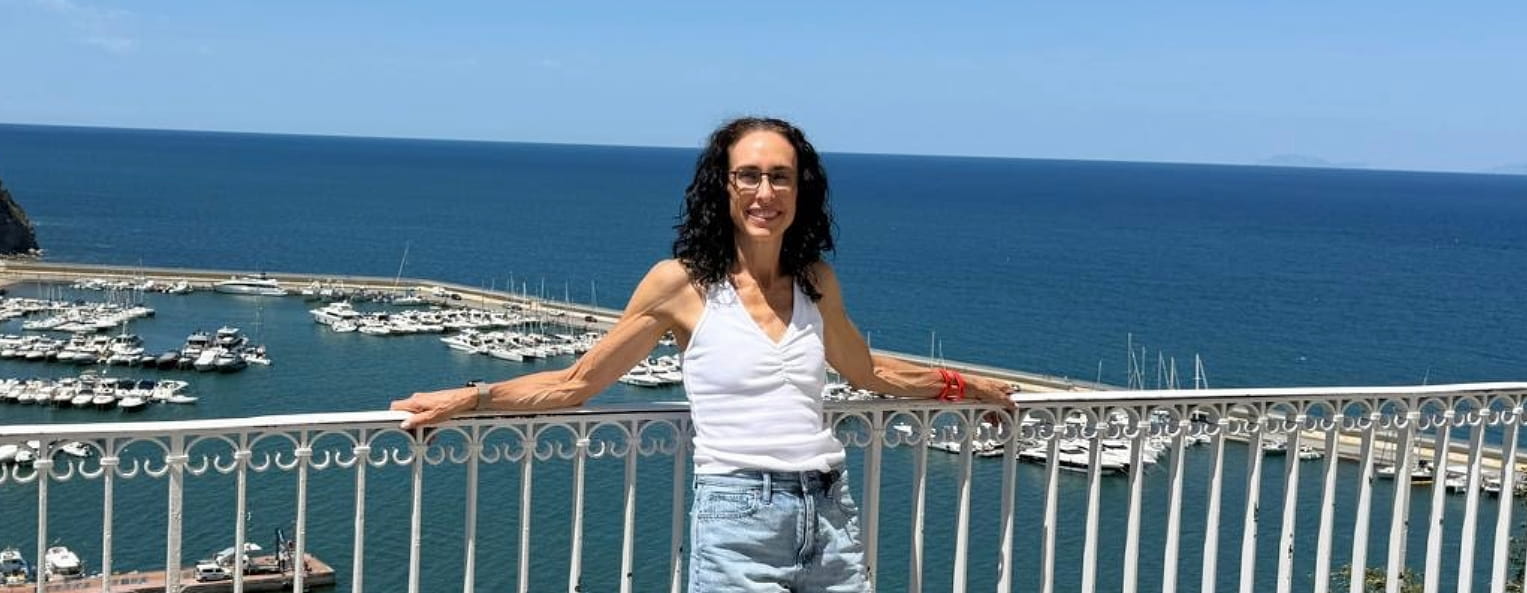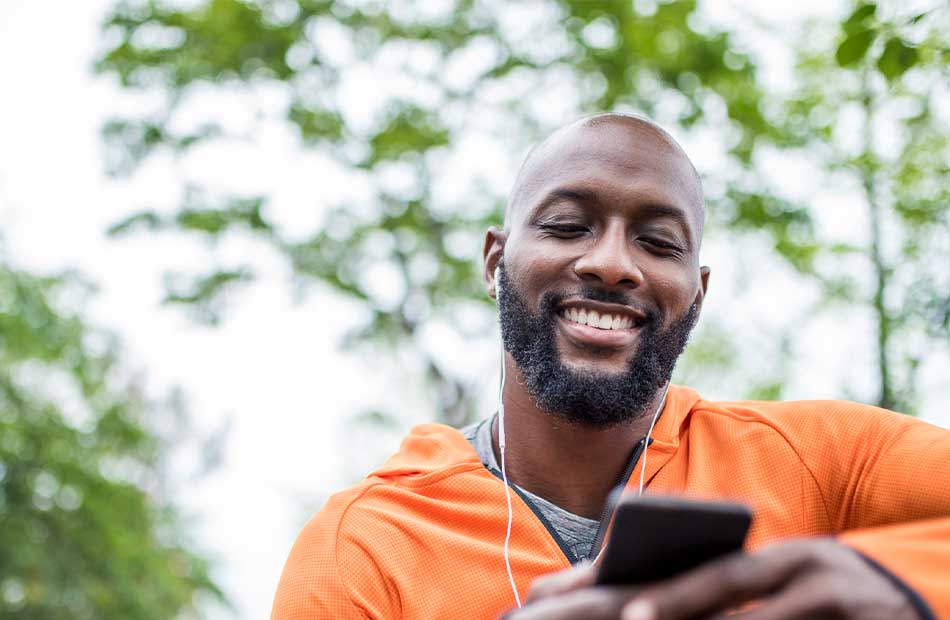Jessica’s story: Genetic testing revealed a lifesaving surprise
Jessica had genetic testing on a whim, and the results not only saved her life, but she's healthier than ever thanks to changes she's made.


Want to get the latest health and wellness articles delivered right to your inbox?
Subscribe to the Well Ahead Newsletter.
